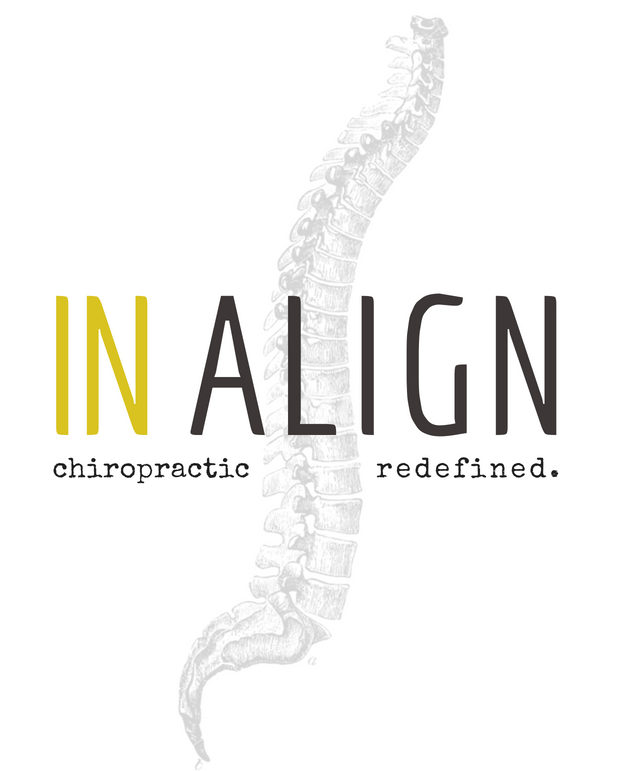Six-pack abs means a strong core right? Wrong…
Although a flat stomach definitely gets the most attention, your core also includes your low back, glutes, and hips. In fact, these areas play a vital role in the overall strength of the area.
Often, I see several patients with low back pain that are limited performing daily normal functions. After analyzing their spine and performing a few adjustments, I usually start them on a good core routine.
Why? Your core should be thought of as a barrel around your spine, not just the ‘six-pack’ in front. In fact low back pain isn’t the only indicator of a weak core. Poor posture and hip discomfort are also signs.
Does that sound like you? If you think you could benefit from strengthening your core (and you are not alone, even I need it) the plank and side plank exercise are good stepping stones to increasing your ability to stay healthy and mobile throughout the day.
To perform a Straight Arm Plank:
- Plant the hands directly under the shoulders (slightly wider than shoulder-width apart) like you’re about to do a push-up.
- Ground the toes into the floor and squeeze the glutes to stabilize the body. Your legs should be working in the move too; careful not to lock or hyperextend your knees.
- Neutralize the neck and spine by looking at a spot on the floor about a foot beyond the hands. Your head should be in line with your back.
- Hold the position for 20 seconds.
As you get more comfortable with the move, hold your plank for as long as possible without compromising form or breath.
Modifications: Keep your knees on the floor. Engage your core and raise your body up off the floor, keeping your palms and knees on the floor and your body in a straight line from your head to your knees. Keep your abdominals engaged and try to to let your hips rise or drop.
To perform a side plank:
- Start on your side with your feet together and one forearm directly below your shoulder.
- Contract your core and raise your hips until your body is in a straight line from head to feet.
- Neutralize the neck and spine by looking at a spot straight ahead. Your head should be in line with your back.
- Hold the position without letting your hips drop for 20 seconds, then repeat on the other side.
As you get more comfortable with the move, hold your plank for as long as possible without compromising form or breath.
Modifications: Keep your knees on the floor. Engage your core and raise your body up off the floor, keeping your palms and knees on the floor and your body in a straight line from your head to your knees. Keep your abdominals engaged and try to to let your hips rise or drop.
Common Form Mistakes:
- Engage your abdominals at all times to keep the body rigid. Forget to do this and your body will likely sway and lose strength.
- Arching your back or lowering your hips.
- Try to keep your head and neck straight. Ideally find a spot on the wall and keep your eyes locked on it.
Want a challenge? To make the exercise harder, you can also elevate your feet on an unstable surface such as a Bosu ball for added difficulty.
